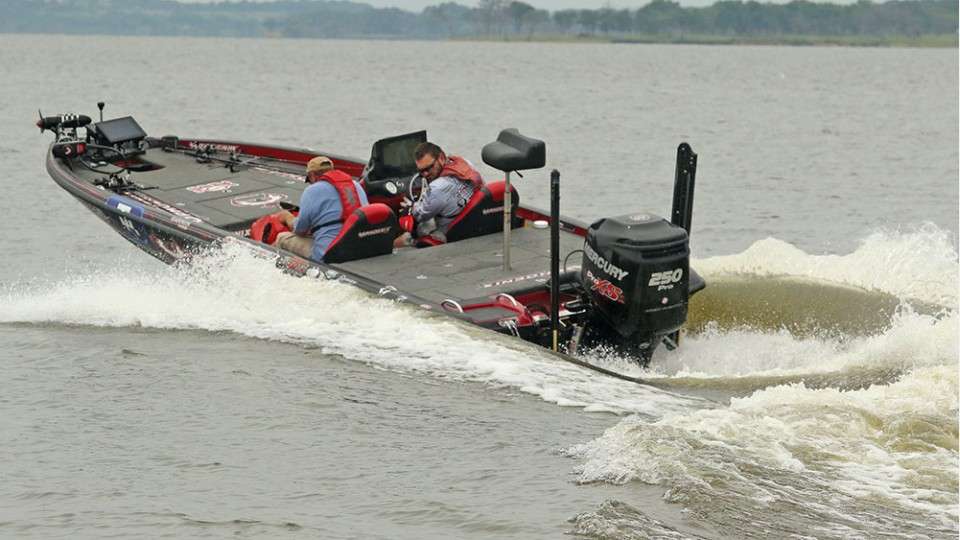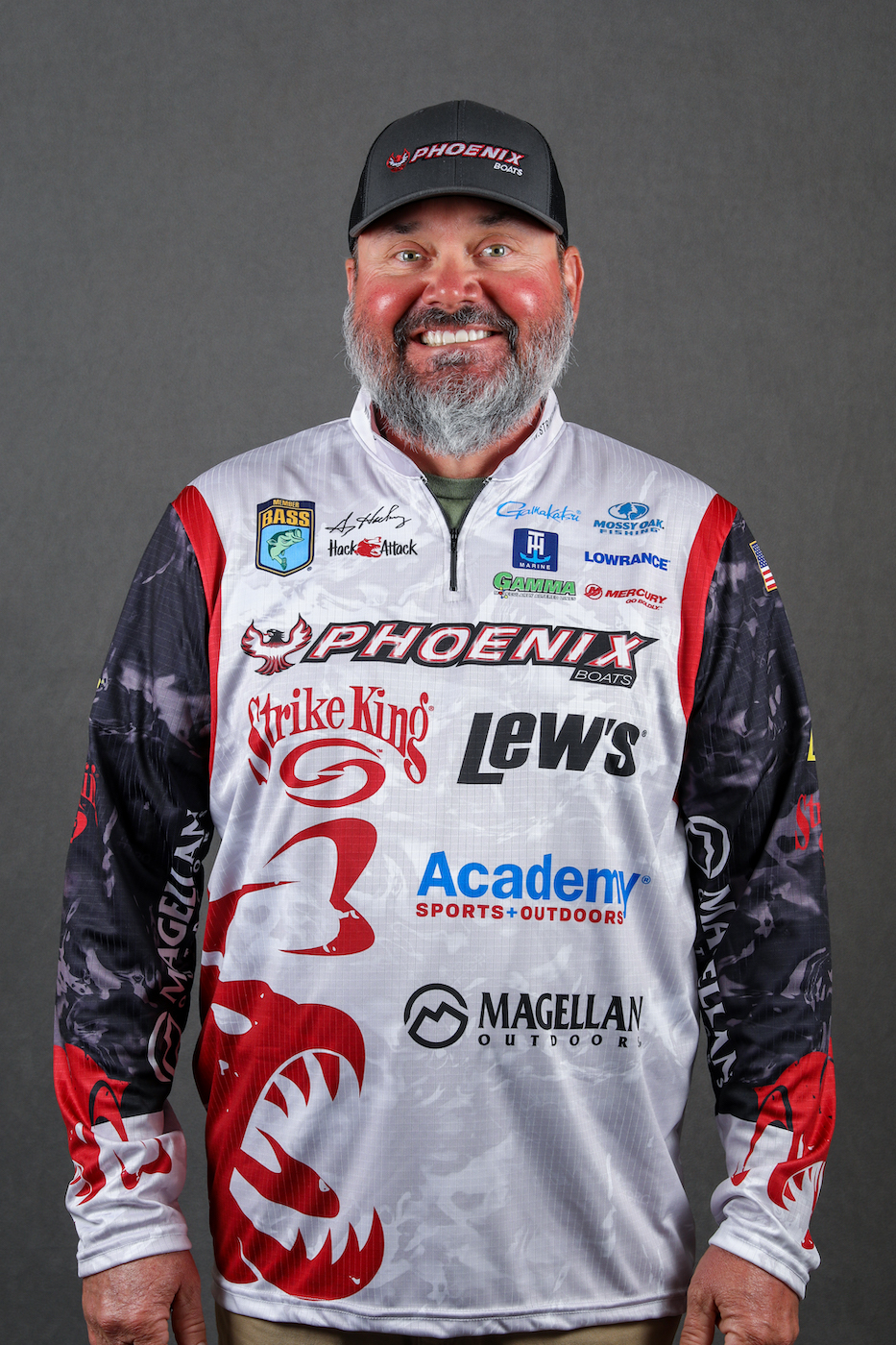
Fishing a new body of water, or fishing one that you haven’t fished for a while, can be a daunting task. However, you can take some of the pain out of it if you follow a few tricks of the trade, things that professional anglers do that aren’t widely known. This week we’ll talk about one of the easiest.
Stop by small, local mom and pop tackle shops around the lake or river you’re going to fish. The closer they are to the water, the better.
Check out their inventory of lures and tackle. Small shops can’t handle big inventories like the giant retailers. They don’t have the space and most of them don’t have the financing. They tend to stock what the locals are buying, and the locals are buying what’s catching the bass.
Example: If you see that about a third of their peg space is covered with deep diving crankbaits you can figure that most of the bass are being taken deep and with moving baits. You don’t have to buy those exact baits, but it does give you a clue as to what you want to do to catch them.
That clue is really all you need. I’m not much for doing what everyone else does so if I saw that pegboard I’d probably reach for a Strike King bladed jig or some other bait besides a crankbait, but I’d still start deep and with a moving bait.
The same thing is true about color and size. I remember the first time I saw a bunch of 12-inch spoons. I’d fished with 6-inch models but never with anything even close to that big, but they were in a respected tackle shop on the Tennessee River Chain. I tried them. I wasn’t disappointed.
Another great source of information is a braggin’ board. It’ll show you at least four things. The first is what species dominates when it comes to catching the big ones. If the lake is mixed with largemouth, smallmouth or spots, take a careful look at what the local anglers are holding up for the camera. That’ll tell you which species you should be thinking about.
That board will also tell you how big the fish are that are being caught. In Texas you won’t see much below 10 pounds in most lakes but there are a few where the catches are smaller. The pictures will tell the tale.
Always take a careful look at the photos. In many cases the lure that the angler used will be hanging out of the fish’s mouth. Do I need to say any more about what that tells you?
And, if the pictures were taken in the boat, look carefully at the background. When you do that it’s not just about a specific spot. It’s also about the surrounding terrain. Is that boat on a flat, up against a steep hill, in front of a bluff wall or out in open water? That tells you a lot about what’s going on with the bass.
The things I’ve talked about this week aren’t perfect. You can get fooled. But they’re a darn good place to start, and they’ll help you more often than not.

